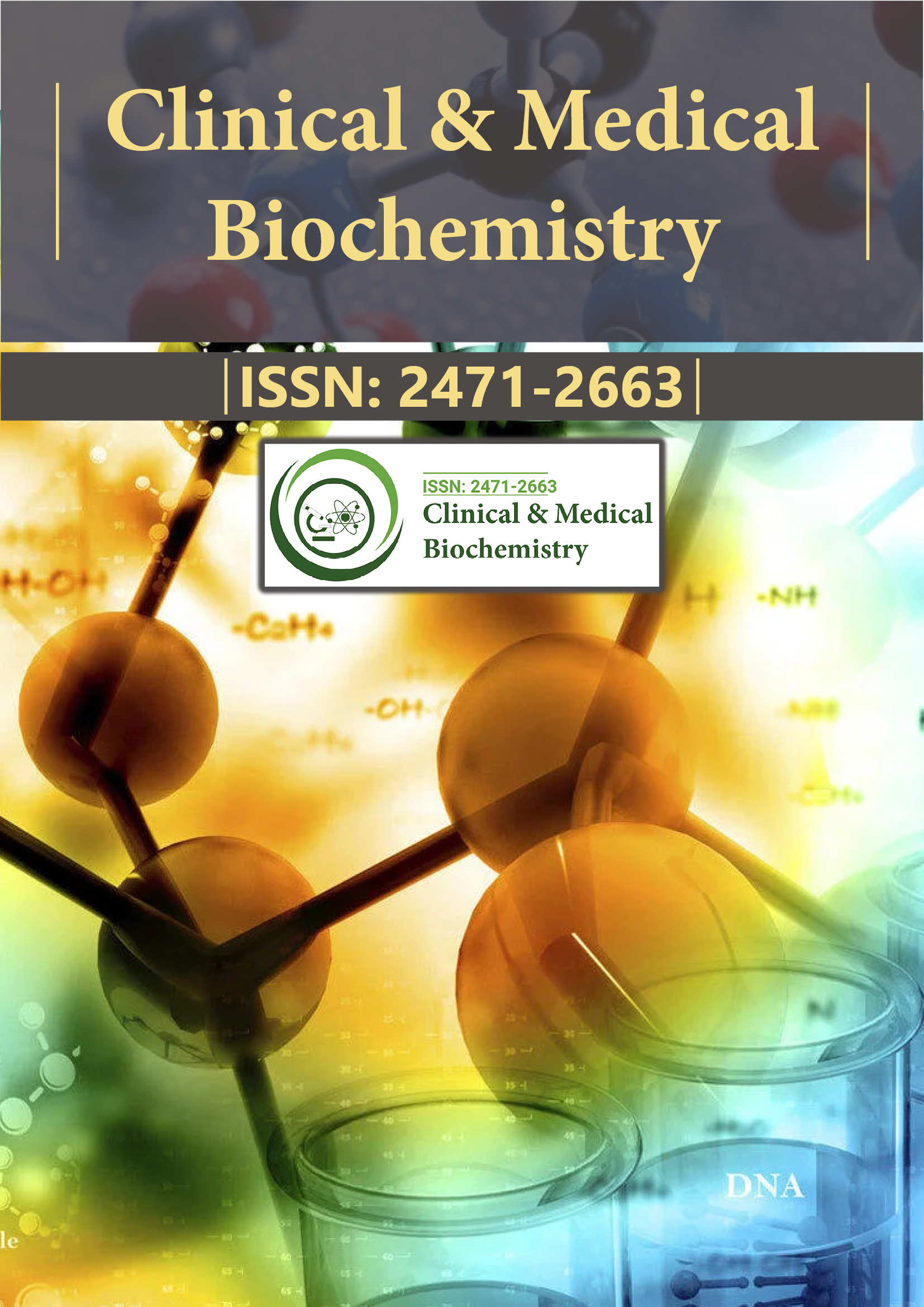Indiziert in
- RefSeek
- Verzeichnis der Indexierung von Forschungszeitschriften (DRJI)
- Hamdard-Universität
- EBSCO AZ
- OCLC – WorldCat
- Gelehrtersteer
- Publons
- Euro-Pub
- Google Scholar
Nützliche Links
Teile diese Seite
Zeitschriftenflyer

Open-Access-Zeitschriften
- Allgemeine Wissenschaft
- Biochemie
- Bioinformatik und Systembiologie
- Chemie
- Genetik und Molekularbiologie
- Immunologie und Mikrobiologie
- Klinische Wissenschaften
- Krankenpflege und Gesundheitsfürsorge
- Landwirtschaft und Aquakultur
- Lebensmittel & Ernährung
- Maschinenbau
- Materialwissenschaften
- Medizinische Wissenschaften
- Neurowissenschaften und Psychologie
- Pharmazeutische Wissenschaften
- Umweltwissenschaften
- Veterinärwissenschaften
- Wirtschaft & Management
Abstrakt
Längsschnittliche Veränderungen der Schilddrüsenhormone während der Empfängniszyklen und der frühen Schwangerschaft
Kristina Hamilton, Narelle Hadlow, Peter Roberts, Patricia Sykes, Allison McClements, Jacqui Coombes und Phillip Matson
Ziel: Ziel dieser Studie war es, Veränderungen des freien Trijodthyronins (fT3), des freien Thyroxins (fT4) und des Schilddrüsen-stimulierenden Hormons (TSH) während der Follikel- und Lutealphase und während der anschließenden Frühschwangerschaft bei einzelnen Frauen zu charakterisieren.
Methode: Bei TPOAb-negativen Frauen mit lebensfähiger Schwangerschaft (n=49) wurden fT3, fT4 und TSH in Serumproben zu Beginn/nicht schwanger (Schwangerschaftswoche 0), während des Eisprungs (Schwangerschaftswoche 2), in der mittleren Lutealphase (Schwangerschaftswoche 3) und zweimal wöchentlich von der 4. bis zur 6,5. Schwangerschaftswoche gemessen. Die Patientengruppen erhielten in ihrem Empfängniszyklus entweder keine Medikamente (n=13), eine geringe ovarielle Stimulation (n=17) oder eine kontrollierte ovarielle Hyperstimulation (COH) zur IVF-Behandlung (n=19).
Ergebnisse: Bei Frauen, die COH erhielten, kam es zum Zeitpunkt des Eisprungs zu einem vorübergehenden Abfall des TSH-Spiegels, gefolgt von einem Höhepunkt in der Lutealmitte (p=0,024). Die fT3- und fT4-Werte unterschieden sich in jeder Schwangerschaftswoche nicht signifikant zwischen den Behandlungsgruppen, während die TSH-Werte in der COH-Gruppe in allen Schwangerschaftswochen signifikant höher waren (p=0,036) als in den Gruppen mit natürlicher und geringer Stimulation. Von Beginn der Schwangerschaft an (4. Schwangerschaftswoche) bis zur 6,5. Schwangerschaftswoche kam es zu signifikanten Veränderungen der Schilddrüsenfunktion, mit einem allmählichen Abfall der Serum-fT3-Werte (r=-0,104, p=0,030) und TSH-Werte (r=-0,123, p=0,031), während die fT4-Werte konstant blieben. 3 Frauen (6,1 %) hatten während ihrer Schwangerschaft TSH-Werte von >4,0 mU/l, obwohl es sich hierbei um Einzelmessungen handelte.
Schlussfolgerung: Die Schilddrüsenhormone blieben bei einzelnen Frauen nicht konstant, sondern zeigten diskrete Veränderungen. Der TSH-Spiegel war zum Zeitpunkt des Eisprungs bei Frauen, die hohe Dosen von Medikamenten zur ovariellen Stimulation für die IVF erhielten, signifikant niedriger und war während der gesamten Schwangerschaft höher als bei den anderen Gruppen. Serum-fT3 und TSH sanken während der frühen Schwangerschaft signifikant, unabhängig von den im Empfängniszyklus verabreichten Medikamenten.